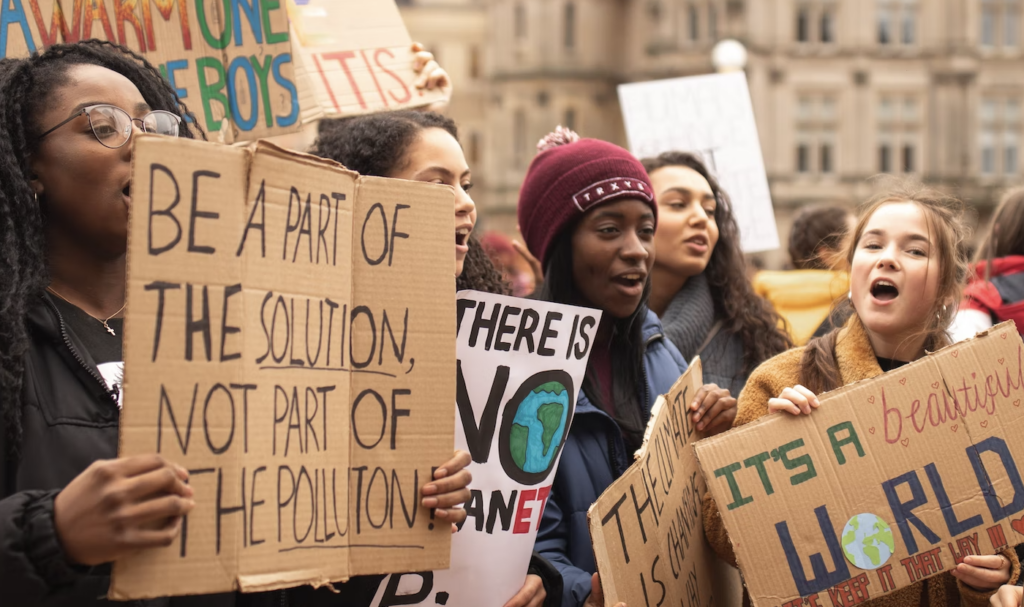Climate Activists Turning Dangerously Violent?
This article is more than 2 years old

This year, activists have turned their protests up a notch. There have been numerous bizarre events involving protests that have occurred over the last twelve months. These events have included activists gluing themselves to a runway, using lentils to deflate the tires of SUVs at night time, and throwing an open can of tomato soup at Vincent Van Gough’s Sunflowers; luckily, there is a glass case covering it.
Many protestors are becoming increasingly frustrated with the slow pace of climate action worldwide, even though we are edging closer to the climate change deadline every day. Due to this inaction from global governments, they are starting to use more forceful and disruptive actions to make their feeling heard. These actions are proving unpopular with a lot of people, but it is something that most activists have anticipated.
Protestors like Just Stop Oil are hoping to persuade the UK government to cease all fossil fuel plans scheduled for the future. This group was behind the incident involving the can of tomato soup and the Van Gogh painting, which started a heated debate on whether groups like these have gone too far and if these tactics are actually helping their cause.
But that doesn’t mean that all disruptive actions won’t push governments or global businesses into action. In 1963, when Martin Luther King delivered the “I had a dream speech,” the public popularity of peaceful demonstrations was at an all-time low and harmed the civil rights cause rather than helping it. The following year, the civil rights act was made legal. Sometimes the public perception of things isn’t necessarily factual.
Experts believe that forceful protests are necessary to raise awareness of social and ecological issues that mass media would like the public to ignore. While climate protests are mostly peaceful, when things become disruptive, there is a fine line between aggressive activism and just plain old violence. This is especially true when law enforcement is involved, as they could feel like they have to harm protesters in order to control the situation.
Some states have passed laws with harsh penalties for blocking any building involved in the fossil fuel industry to stop the protesting climate change.
Despite that, the public prefers climate change protests to be non-violent, and participation in peaceful protests is on the rise. While participation isn’t increasing as quickly as it has in the United Kingdom but there is a sign that a new wave of environmentally-charged protests is coming. In April, environmental scientists chained themselves to a JPMorgan Chase building in Los Angeles to protest the global bank’s investment in various fossil fuel projects.
Protests, in their nature, are supposed to be disruptive and uncomfortable. When it comes to climate change, most of the global population is in a delusion about how bad the situation really is. Protesters are trying to remove that delusion and shock people into action. It is a brutal reality to face, but it is essential to realize how vital protesting these issues are, even if you disagree with the violence.




